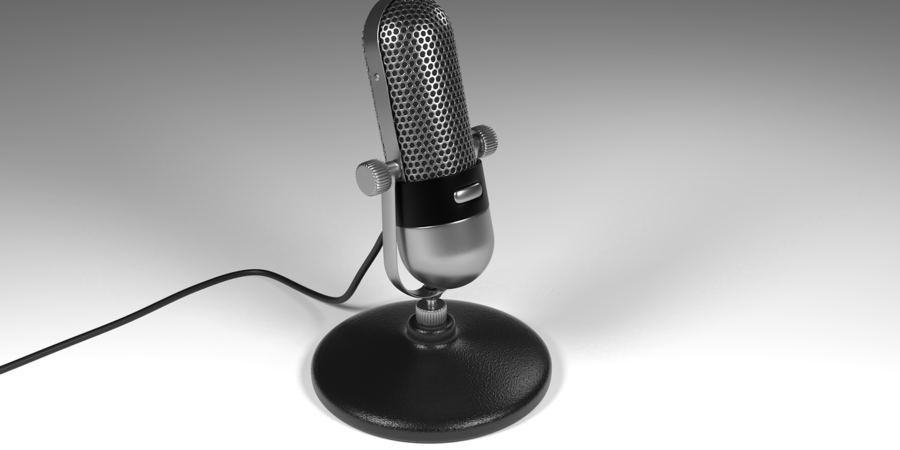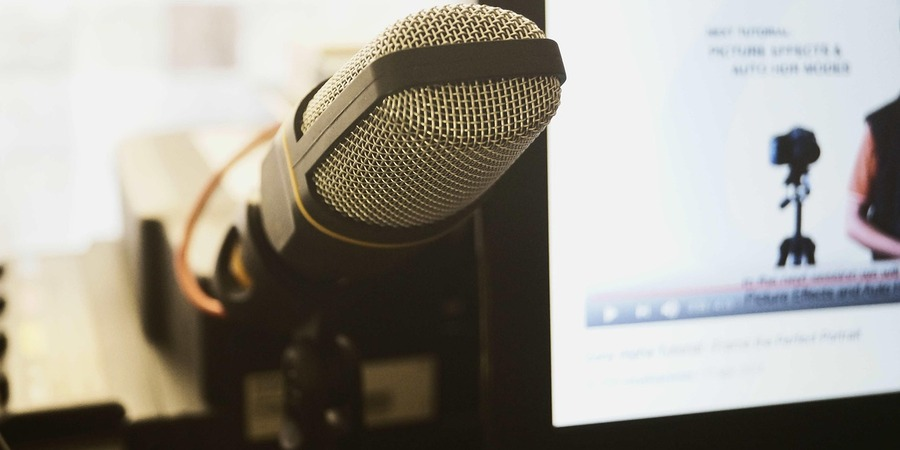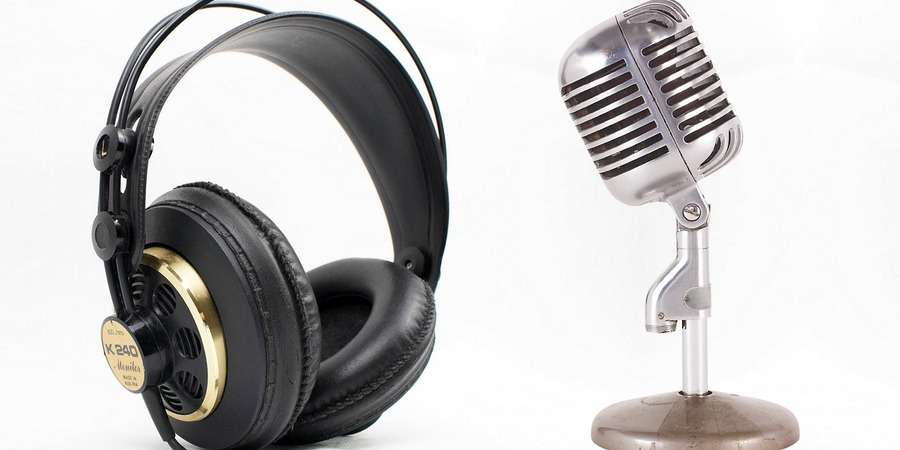Starting a podcast might be intimidating, especially if you don’t have an audience ready to listen. However, many of today’s most successful podcasters began in the same place, navigating the world of advertisement and content development. The secret to distinguishing in a sea of millions of other programs is creating intriguing content that catches attention and generates a dedicated fan base.
To develop a successful podcast, you’ll need a sound strategy. Covering varied themes that appeal to potential listeners can help your podcast develop over time. An organized guide can help you maintain consistency while improving your process. Breaking things down step by step allows you to position yourself for success and avoid wasting your efforts.
Even if you don’t have an audience, clever marketing may help you reach more people. Many podcasters underestimate the value of persistence—staying dedicated and focused on high-quality content is critical. By utilizing social media, partnerships, and networking, your podcast may grow from a concept to a flourishing program.
Step 1: Choose Your Niche and Topic

Before you begin recording your first episode, it is critical to choose the appropriate niche for your podcast. Choosing a niche that you are genuinely enthusiastic about can help keep you motivated, while being informed about the subject helps you to add value to your audience. Consider what topics interest you and what issues you can address for listeners.
A smart place to start is by researching existing performances in your area. Look at comparable podcasts and determine what works. Identify market gaps where you may provide a distinct perspective. A compelling perspective can help you distinguish your podcast from the competition and gain listeners over time.
Whenever you’re unclear about the demand for your selected themes, experiment with other concepts by interacting with potential listeners online. Discover what topics are being discussed and customize your content to those interests. With the correct dedication, you may establish yourself as a reliable voice and produce something memorable.
Step 2: Name Your Podcast and Design Branding
Starting a podcast without an audience can be difficult, but you can gradually build a loyal following with the right strategy. Create a memorable podcast name that relates to your topic. Make it simple for people to recall and search for. The name is the first impression your potential listeners will have, so it should make your message clear and simple.
Once you agree on a name, the next critical step is developing an eye-catching logo. Your branding should fit the tone of your podcast and be visually appealing to capture the attention of potential listeners across platforms.

It is critical to coordinate your content with the branding you have selected. The design of your logo and the appearance of your podcast should reflect your personality and mood. If you don’t know where to begin, free design tools like Canva may let you produce professional-looking artwork with no prior design knowledge.
This visual identity will be essential for getting recognized and gaining your initial listeners. Remember that starting without an audience requires you to sell yourself. Maintain consistency, promote your podcast on social media, and reach out to individuals who could find your material useful.
Step 3: Gather the Right Equipment
Starting a podcast without an audience may appear overwhelming, but it is entirely achievable with the correct technology and a little forethought. You don’t need expensive equipment to get started, but high-quality audio is essential. A microphone is one of the first items you will need.
A USB microphone, such as the Audio-Technica ATR2100x, is a cost-effective choice. It’s an economical option that doesn’t sacrifice sound quality. In addition to the microphone, you will need headphones, ideally closed-back ones, to evaluate sound quality when recording.

A pop filter is also necessary to remove unwanted noise from plosive sounds like “p” and “t”, which might distort your voice. Next, for your recording requirements, free software such as Audacity or GarageBand is ideal, especially if you are just getting started.
Choose a reputable hosting site to guarantee that your podcast reaches its intended audience. PodBean, Buzzsprout, and Anchor are excellent platforms for hosting and distributing your episodes. To avoid distractions when filming, keep your area silent. If your room has too much echo, you may improve the sound quality by placing blankets or cushions around it. With the correct equipment and setting, you can create professional-sounding podcasts even if you don’t have a huge audience.
Step 4: Plan Your First Few Episodes
When launching a podcast with no audience, it is critical to establish a solid foundation. An excellent strategy is to plan out your first few episodes in advance. Consider these first episodes an opportunity to introduce yourself and offer listeners a taste of what’s to come.
You can start with solo episodes in which you introduce yourself and discuss your specialization. This helps to create the tone and introduces potential listeners to your personality. Once you’ve established your podcast’s tone, you may begin to incorporate guest interviews to add new viewpoints and expert insights.

Begin by developing compelling material that captures people’s attention. It is a good idea to organize each episode with a clear introduction, a well-structured primary content portion, and a call to action at the conclusion. This structure makes your podcast appear more professional and ensures that your listeners know exactly what to expect.
As your audience grows, you can add Q&A sessions in which you answer listener questions. The following is a wonderful way to promote conversation and keep your customers engaged.
Step 5: Record and Edit Your Podcast

When establishing a podcast without an existing audience, it’s critical to properly organize your first few episodes. Begin with solo episodes in which you identify yourself and explain your specialization. This method helps to define your individuality and sets the tone for your performance.
To keep your episodes interesting, provide a clear introduction, well-structured primary material, and a call to action at the end. This format not only improves the listening experience but also promotes listener involvement and feedback. By carefully preparing your episodes and combining these components, you can lay the groundwork for your podcast and gradually acquire a loyal following.
Step 6: Upload and Distribute Your Podcast
Starting a podcast without an existing audience might be difficult, but with proper planning, you can create a loyal listening following. Start by outlining your first few episodes to create a clear direction. Consider beginning with solo episodes in which you introduce yourself and discuss your niche. This strategy helps to establish the tone and allows listeners to connect with you.

As you progress, include interviews with guests to provide expert insights, increasing the variety and depth of your content. Once you’ve gathered an audience, engage them in Q&A sessions, answering their questions and building a sense of community.
Step 7: Promote Your Podcast
Starting a podcast from the beginning might be stressful, especially if you don’t have an existing following. In such cases, however, promotion becomes your most valuable asset. In the early phases, it is critical to raise awareness and attract potential listeners. One effective strategy is to use social media platforms to share episode snippets or provide a behind-the-scenes look at your podcast journey.
Another strategy is to get involved in guest appearances on other podcasts, which helps you reach new audiences who might not know about your show yet. These collaborations can create valuable exposure and drive traffic back to your podcast. Additionally, consider starting an email newsletter.
Step 8: Engage with Your Audience

Starting a podcast with no audience may seem frightening, but it is a struggle that many successful artists have experienced. To fully connect with your listeners from the start, you must engage them. Begin by replying to their comments and messages, demonstrating that you care and listen to their feedback.
One method to make your podcast stand out is to build a community around it. You may accomplish this by using sites like Discord or Facebook groups, where listeners can share.
Step 9: Track your podcast’s performance using analytics from your hosting platform.
Starting a podcast from scratch without an audience might be difficult, but knowing and analyzing your podcast’s success is an important step toward developing it. Your hosting platform’s analytics are one of the most important tools available to you.
It’s critical to monitor crucial data like downloads per episode and listener retention rate. These metrics indicate how well your content is resonating with your target audience and where you may need to improve.
Step 10: Once you have a steady audience, you can explore monetization options such as:

Building a podcast from scratch can feel overwhelming, especially without an audience. However, once you start attracting listeners, it’s important to think ahead and explore monetization options. If you’ve built a loyal fanbase, another way to make money is through listener donations. Platforms like Patreon make it easy.
